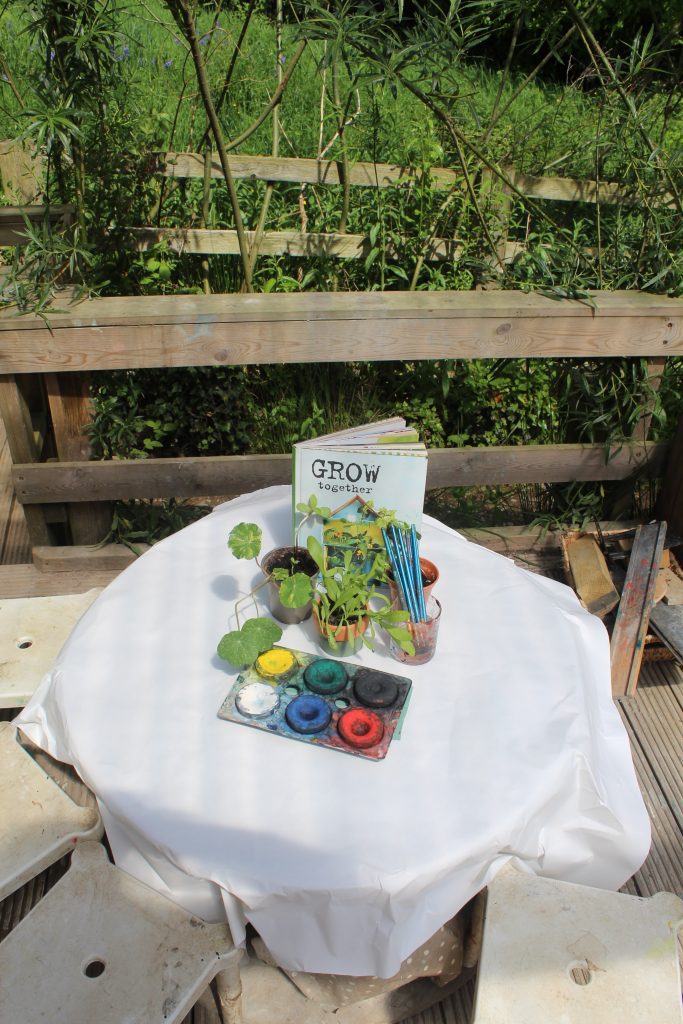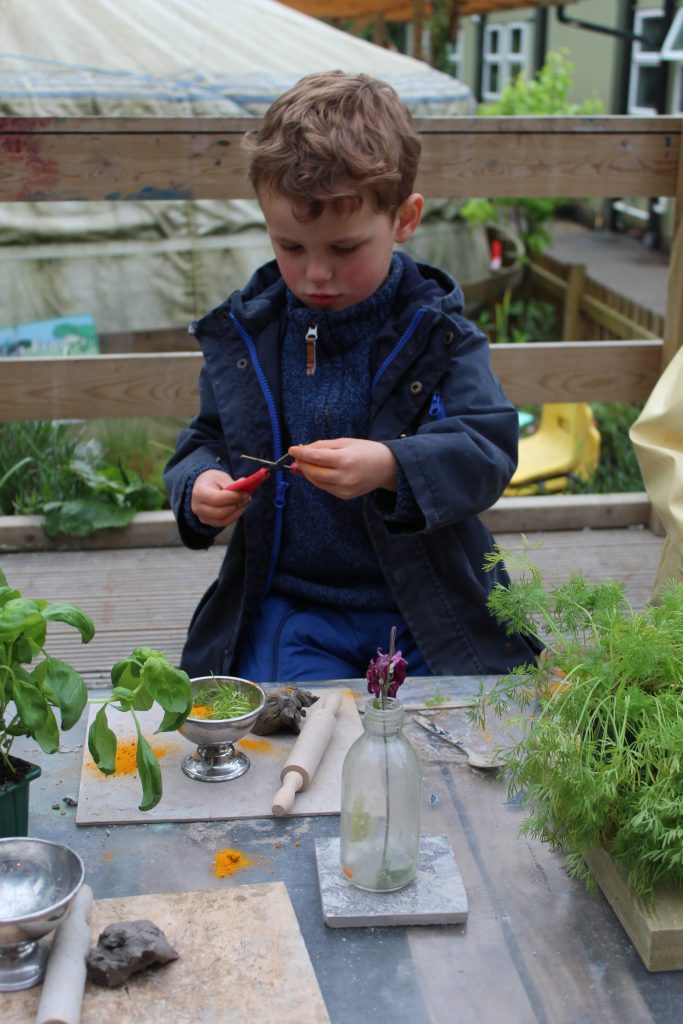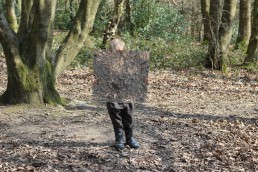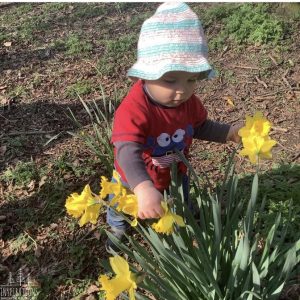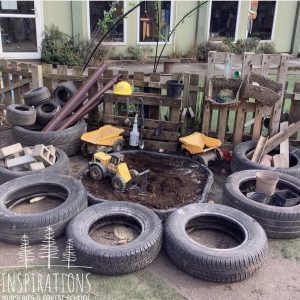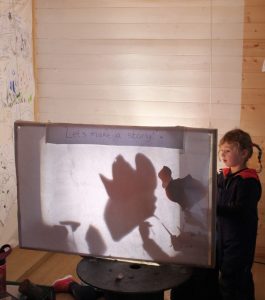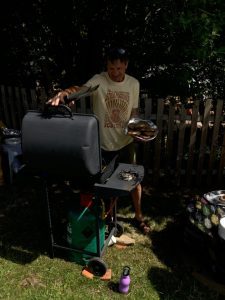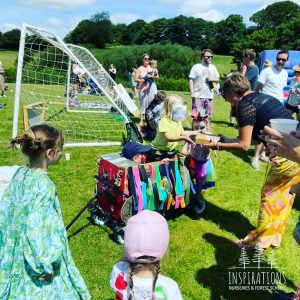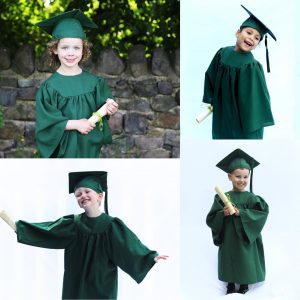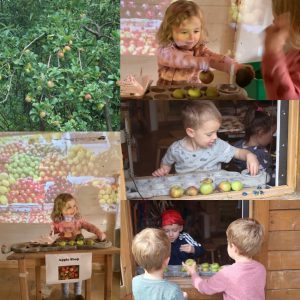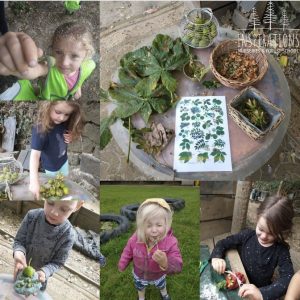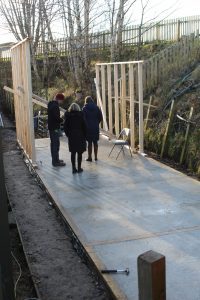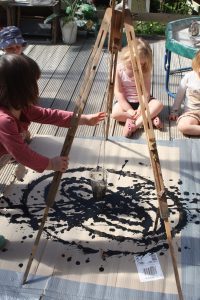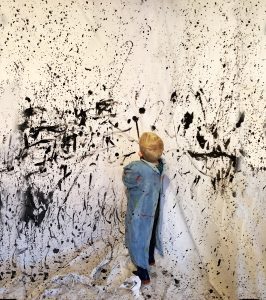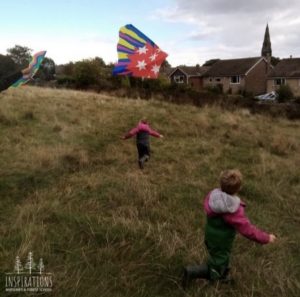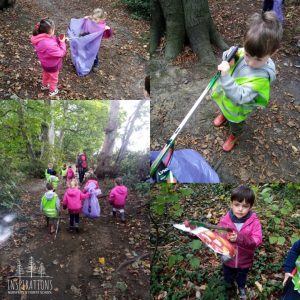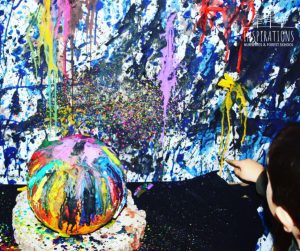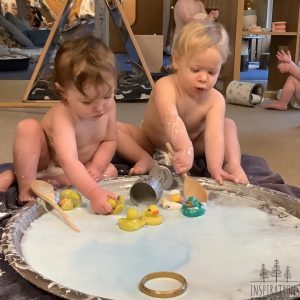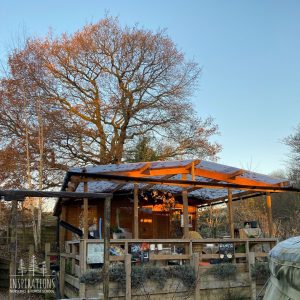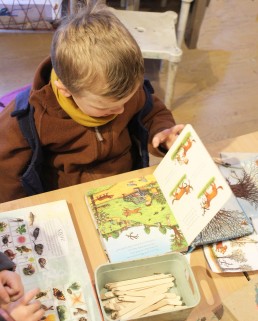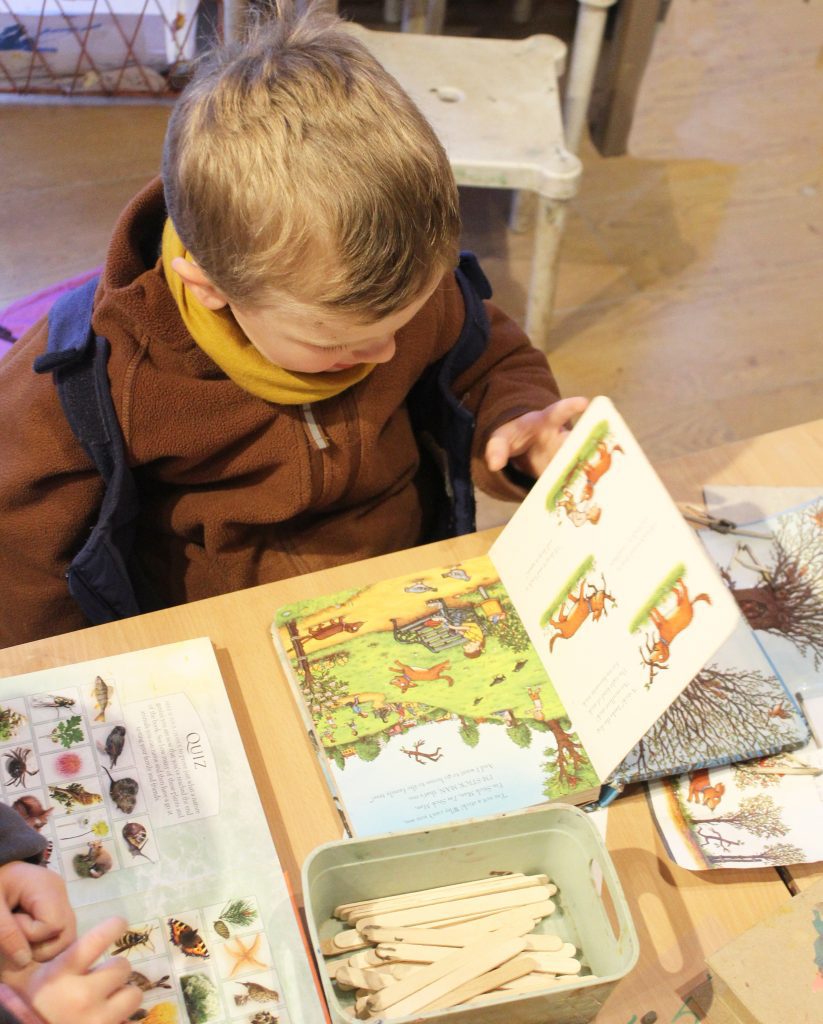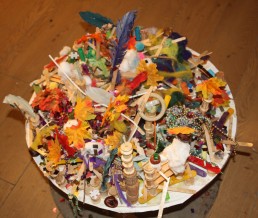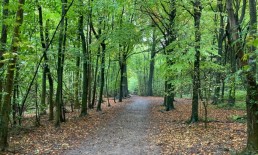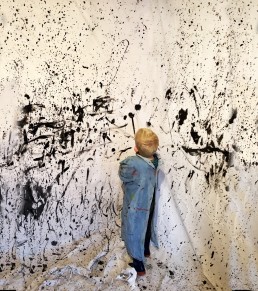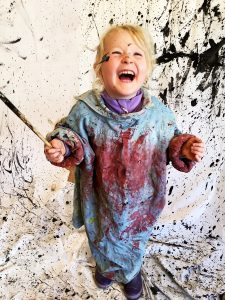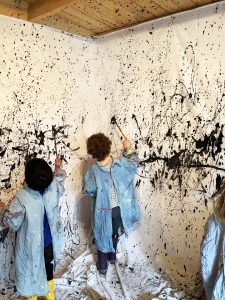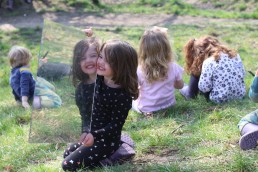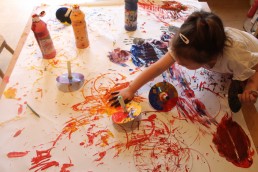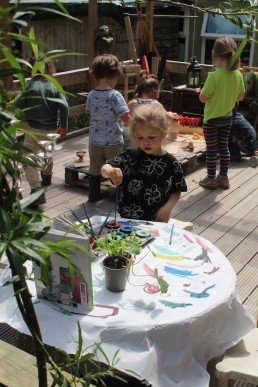The well-being of employees
The Oxford Language Dictionary describes well-being as ‘the state of being comfortable, healthy or happy’.
Unfortunately, coping and addressing mental health conditions now appears to be an integral part of the society we live in and even more so since the COVID-19 pandemic. It seems to have become the way of the world and statistics show that 1 in 6.8 people experience mental health problems in the workplace, and stress, anxiety and depression accounts for 51% of all work-related ill health cases.
Stress within the early years sector is particularly bad at the moment. Nursery World reported that 1 in 4 early years workers are considering leaving. Pressures, such as staff recruitment are a big contributing factor to the impact on the quality of employees work life. Having to substitute quality qualified employees with staff from agencies, who don’t know the routines and the children in our care, inevitably creates a very stressful day.
Another area that is becoming more recognised as an area to support employees within is the Menopause/Perimenopause. Although women may experience different symptoms through the change, we are learning to meet their needs by offering additional support with shift times (due to sleepless nights), doctor appointments and more understanding towards changes in behaviour and attitudes.
Supporting employees with their well-being is paramount in helping them cope mentally and spiritually. Within Inspirations we do our best to uphold this as we are aware women, of which we are predominately based, in full-time employment are nearly twice as likely to have a common mental health problem as opposed to that of men.
There are so many avenues nowadays that support those suffering and struggling, for example helplines (MIND and Samaritans), NHS talking therapies (IAPT), apps such as CALM, social media, and podcasts. It is a subject that is a lot more recognised and talked about for both MEN and WOMEN.
Below are some of the things we do to support staff wellbeing:
- Shout out board – staff and parents can add to this and these are read out in our staff meetings
- Termly supervisions and yearly appraisals are held to check in with staff
- Hot meals available, as well as condiments such as tea, coffee and juice
- Fruit and healthy snacks for break times
- Everyday essentials such as feminine products deodorant etc
- Well-being program – downloadable app to help and support as well as a 24/7 advice line that can put you in touch with counsellors (with 6 free sessions)
- Team building activities
- Comfy, relaxing staff room
- Paid training
- Food provided during staff meetings
- Birthday cakes to celebrate individual birthdays
- Christmas party
Having an open doors policy to the office is highlighted within our policy and vital to support the staff the best we can. Management are always available if staff require a friendly ear. We also have a mental health first aider on site who can help advise employees, as well as room leaders and deputy room leaders trained in ‘supporting staff with well-being in the early years.’
If you have been reading this and it has given you the confidence to express your anxieties, stress, well-being then please see below a couple of contacts of agencies that can help…
MIND - 03001233393
SAMARITANS – 988
Ashleigh Benson
2022 Unwrapped
Another year is coming to an end, we have welcomed many new families to the Inspirations community, our babies are now toddlers, our toddlers now pre-schoolers and we said goodbye to our capable school leavers. What a year it has been!
Last January as a nursery we made a new years resolution, to continue to learn from nature and make the right choices for our children and our planet, and this is something we stuck to. Our children here continue to inspire us daily, their curiosity and passion to lead their own learning guides us as the educators to continue to grow as people and as a setting. The toddler room has seen an exciting new outdoor classroom meaning they are outside most of the day, preparing them for our outdoor learning and forest school in Pre-school.
Let's take a look at each month as we say goodbye to 2022 and hello to 2023.
January
We welcomed in January 2022 with pink and orange skies! The bonus of our outdoor setting in Pre-School means the sky is our ceiling, literally.
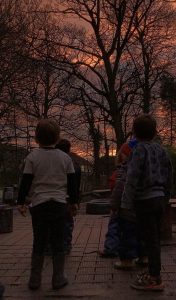
February
A new interest emerged in the Art Studio, the children's imaginations lead them down a path of story telling. Little did we know this was the start of a 6 month project. Watch the video below to see how it begun.
March
The first signs of spring emerged alongside World Book Day, an annual favourite at Inspirations. We celebrated Spring Equinox by Forest School and The Art Studio teaming up for a full day in the forest. We took our lunch with us and ate it beneath the trees, it was a wonderful opportunity for the children to have the freedom of time and space and to learn from our forest.
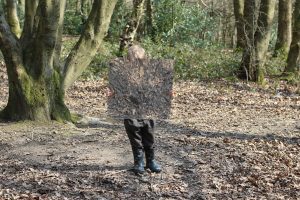
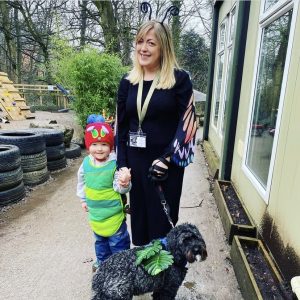
April
The babies took a trip to see the daffodils in the park, the toddlers were knees deep in soil as the garden was re-arranged to support their pouring, filling and digging interest. In the Art Studio in Pre-school we created a shadow puppet theatre so the children could use this as another platform of story telling. They created their own characters and turned them into paper puppets on sticks.
May
Our nursery therapy dog odin turned 5 years old!
June
Our whole nursery came together to have a tea party to celebrate the Queens Jubilee, with parents invited too. The Pre-schoolers performed a little ukulele song we made up together called 'You and Me at the Queen's Jubilee'; a song we still sing 6 months later. Have a listen below-
July
We had a heatwave for our Annual Summer Party, this year we did it a little differently and took over the school field with a carnival parade, steel drum band, BBQ and bouncy castle.
Our school Leavers had their graduation photoshoot.
August
Our many nursery apple tree's were producing plenty of apples, which inspired the children to open an 'Apple Shop'. A wonderful opportunity once again to learn from nature, whilst incorporating role play and maths with real coins.
August also saw the completion of our new staff room, which opened up the previous staff room as a dinning room for our pre-school children in the colder months. The New Staff room is much bigger to accomodate our growing number of staff and is tucked away next to the Art Studio.
September
Jackson Pollock inspired Art in the Art Studio, we splatted paint, experimented with pendulum painting. The results can now be seen in the main entrence of nursery. The September winds provided perfect conditions for some kite flying in Forest School. It was also recycling week in September so our children had a big woodland tidy up to nurture care and respect for our environment and wildlife.
October
Our annual pumpkin picking trip and the festival of lights. Following our pumpkin haul we melted crayons onto the pumpkin when the children expressed they wanted a 'rainbow pumpkin'.
November
We celebrated Nursery Rhyme Week across the rooms in November, the baby room had activities linked to their favourite nursery rhyme '5 little ducks' .
December
And here we are, December 2022, one of the coldest on record. We had a pre-school trip to see Stick Man at the Playhouse Theatre, and they have been combining festive ingredients and smells to make cranberry cordial.
We thank all of our children, parents and staff for another wonderful year. We will look forward to welcoming you all back from 7.30 am Tuesday 3rd of January, but in the mean time we wish you all a happy and healthy festive period.
'The best classroom and richest cupboards are roofed only by the sky'- Margaret Mcmillen
Nathalie
The Importance of Speech and Communication
The pre-school years are an important stage in a child’s language development. It ensures the foundations are in place for later learning, literacy and forming relationships. At Inspirations nurseries we provide a language rich environment incorporating the Reggio Emilia Approach into our pedagogy. The children’s voice is at the heart of our ethos and is encouraged at every opportunity. Group morning meetings enables children to express their thoughts, ideas and experiences, as well as listening to other’s and asking questions which has a positive impact on confidence and self-esteem.

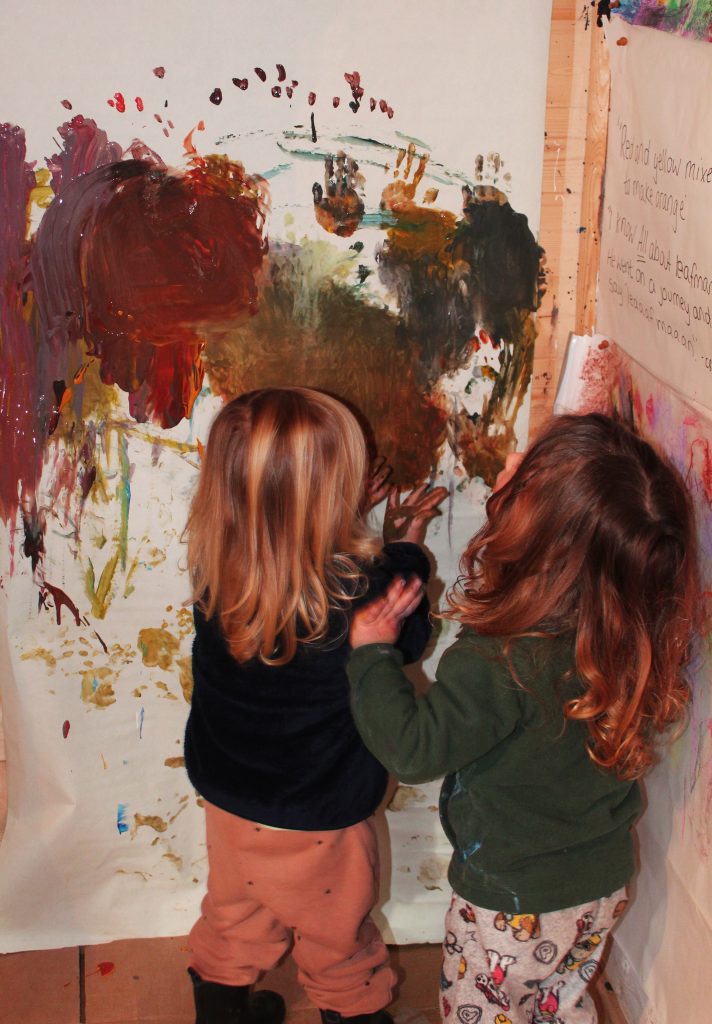
Communication enables children to build relationships. By interacting and playing
using speech and language, a child develops social skills and friendships that
support their well-being. Free choice play using loose parts, role play resources
and provocations allow children to use their own ideas and creativity whilst
encouraging interaction and communication. Children will play together in a mud
kitchen, using real size pans and bun trays chatting and problem solving to find
the perfect amount and size of stones to make cupcakes, or how much water to
add to the soil to make a delicious mud pie.
Children should be seen and heard
As children learn and use new vocabulary, they gain confidence in speech and
expression supporting development of reading and writing skills. We love books
at Inspirations and our practitioners read fiction and non-fiction books regularly
with children, expanding their vocabulary and knowledge as well as may other
skills. More exposure leads to better spelling, grammar, writing, and oral
communication.
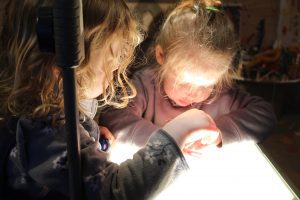
Singing Nursery rhymes with our young children daily helps them to develop an
ear for our language. Both rhyme and rhythm promote children to hear the
sounds and syllables in words, which helps children learn to read. The sooner a
child learns to read, the more opportunities they have to encounter the written
word. Teaching children phonetic sounds is also something we do to support
speech clarity and differentiation as well as reading and writing skills.
Ofsted have re-affirmed the evidence that children with delayed speech and
language are: '...less able to access the curriculum and to articulate their
thoughts and feelings. This can have a negative impact on their personal, social
and emotional development.' Therefore, good speech, language and
communication skills support educational and social achievement for the future of
our children which is why we have such an emphasis in our early years settings.
Children should be seen…and heard.
-Deborah
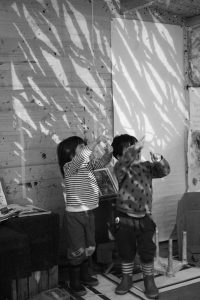
Bad Weather is Good for You
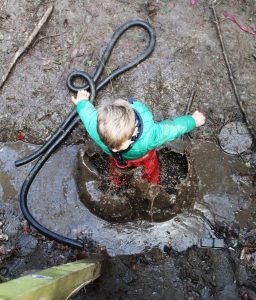
With this relentless rain of recent its easy to slip into the phrase 'bad weather', but there are in fact many benefits to being out in the colder, wetter, windier days. Our children at Inspirations are out in all weathers, embracing all that British weather has to offer, with the help of the right waterproof gear. But what if we told you being out in this weather is actually good for your health?...
The wind and rain can wash away pollution, germs and bacteria. If it’s a muddy forest, even better. Believe it or not, mud is a boon for your health. So rather than taking lengthy detours to avoid a stretch of quagmire, just walk right through it breathing deeply as you go. Mud – be it farmyard or forest floor – is rich in mood-enhancing microbes. Australian researchers found that mice exposed to soil had more diverse microbiomes, a finding mirrored by a Finnish study in which the gut and skin of children playing in plastic-and-concrete playgrounds were compared to those of children whose playground had been rebuilt using a tract of forest floor. In as little as four weeks, the children playing on forest floor had developed more diverse microbiomes. More importantly, the researchers found “parallel changes in the children’s immune systems”, with the muddy children showing greater immunity and fewer coughs and colds for months afterwards. Mud can be slippery, so use walking poles for stability. As you prod at the earth, you’ll also be releasing beneficial bacteria from the soil.
Read the full article here-
The Sticking Table
Much more than just loose parts and glue
 Back in June, shape and structure created from loose parts became a shared interest, the children would make 2D shapes and arrangements with lolly pop sticks. Naturally this progressed into 3D shapes as the children explored the idea of building upwards with bobbins and corks added in.
Back in June, shape and structure created from loose parts became a shared interest, the children would make 2D shapes and arrangements with lolly pop sticks. Naturally this progressed into 3D shapes as the children explored the idea of building upwards with bobbins and corks added in.
We wanted to find a way of making these structures more permanent, a way of their models being able to interact with each other instead of standing alone on a shelf. From here the Sticking table was created!
An old repurposed cable reel became a platform for these structures and ideas to play out, and old objects took on new roles with the help of some glue, a lot of glue in fact.
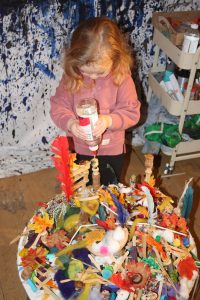
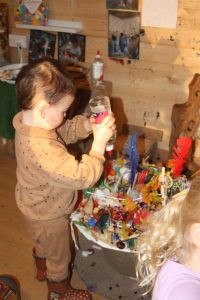
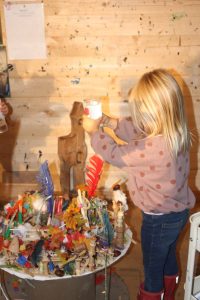
‘Sticky sticky glue’
The glue is poured from squirty bottles from heights, or from close distance, the children watch it pour and dribble. They watch how it builds up and falls off certain surfaces onto a surface below. They practice their aiming skills and try again when the glue doesn’t land where they had in mind. Children love being able to access resources them selves, the joy and independence they get from unravelling tape and pouring glue can’t always be fulfilled at home due to mess and waste, so this was the perfect place for them to pour glue to their hearts content. We used PVA, clear glue, old pen lids destined for the bin, feathers, wool, bobbins and sticks and each week the sticking table carried through with a new story.
The sticking table has been a house, a nest, a city, and a dragon house. For now the sticking table is going though a seasonal autumnal phase as conkers and leaves are added to the mix.
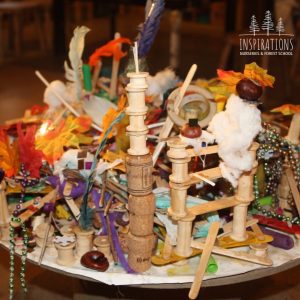
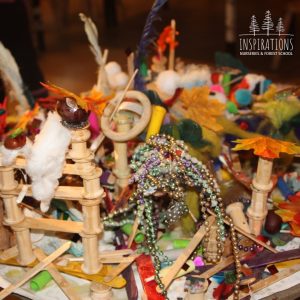
Having a long term project along side other activities can be a great way to allow children to practice and repeat skills, by revisiting ideas from weeks before they are able reflect on their ideas and build confidence. Schemas are a repeated pattern of behaviour that a child will go through whilst discovering how the world works. It is through this urge of repetition our children are given the time and opportunity to extend on their thinking and learning.
It can be hard as educators to have the chance to leave a project out, tidy up time is a necessity particularly in spaces where meal times take place. So the sticking table is the perfect place for them to come back to a scene that has not been tidied away from the last time they were in the Art Studio. The perfect opportunity for them to deepen their cognitive development. Because how else can our children reflect on their work and ideas when they return to a project that has been tidied away.
Only the children can predict where the sticking table will go next, but as each new group of creative minds come together to take ownership of it, it will, no doubt, take on a brand new adventure and identity over the coming weeks and months.
-Nathalie
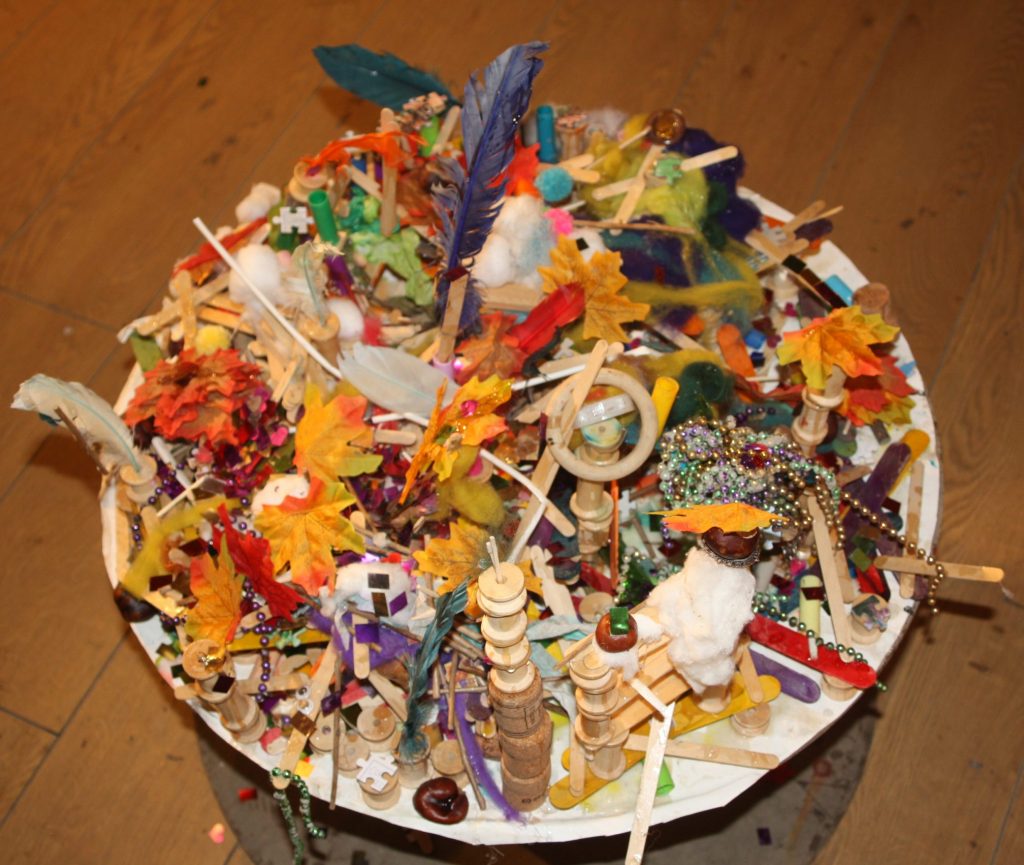
Forest School in the News

'There’s magic to the woods when it rains. Something otherworldly, Narnia-esque; I can’t imagine why anyone would want to be stuck indoors. It’s wet, but not too wet – the rain falls on leaves above me and most of it channels along branches and trunks. There are few people here, and I can stop and look at things without being noticed. Blackbirds turn leaves, robins sing a sad song, there is, briefly, a chiffchaff.
The woods seem cleaner, fresher during rain. Dust and other residues wash off leaves until they glisten, water pools among the tree roots, and the rest is swallowed by grateful earth. Everything feels new, including me. Is this forest bathing?'
Read the full article here:

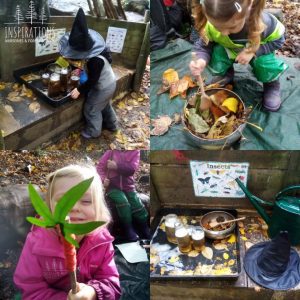
Art vs Craft
What is a craft?
A creative activity with a predetermined outcome and there is nothing wrong with it, it can be a nice way to relax or create a keep sake, particularly for adults. In fact new skills can be learnt in the process and concentration skills can be encouraged. Take for example knitting, and sewing, a skill that needs to be learned with instruction in order to create the desired outcome.
However, at Inspirations we believe there is a time and a place for a craft, and we would much rather encourage unique creativity without boundaries. With everything we do and make in life we draw inspiration from other peoples ideas, take for example the current interest in Jackson Pollock in the Art Studio. His method of painting has inspired us to try it our selves, but when it came to creating this piece of art, through trial and error and experimentation, the outcome is decided by them, and that is the important factor.
Who are we to tell our children what their art should look like?
We believe there are more creative options to crafts. By providing our children with tools, and telling them what to make and how it should look is projecting our ideas onto them, when the children should be at the centre of their own learning. Our role is not to tell a child what colour something should be, and we most definitely shouldn't be giving our opinions on how 'good' something is at the end of a creative session. These restricting activities have the potential for huge disappointment and create a barrier to the child venturing down their unique path of creativity. At Inspirations we use encouragement over praise, and if a child is looking for a comment on their drawing I will try to use factual language such as 'i see you used lots of green!' 'you seemed really focused whilst making that' or 'you must be really proud of that'. Factual statements instead of us giving our opinion will help build self esteem instead of encouraging them to do things to impress others.
We are a place where mistakes are part of the journey, and the process holds more importance than the end result. Open ended activities are important in early child hoods development. Of course they promote imagination and creativity, but they also encourage problem solving skills and social emotional development. Creativity doesn't just include drawing and making, it includes role play, dress up, music, building from cardboard boxes, magnets, loose parts, building blocks..the suggestions are endless and all a part of the 100 ways of learning. They piece together to make each unique child, who has learned new skills and ways of learning through experimenting and ideas, with us there to ask open ended questions.
How can we help support creativity?
Whilst allowing our children to play and learn we can support them by asking open ended questions. They might not always answer, a good sign they are truly engaged, but some questions you can ask at the right time will support them in extending upon their own learning.
- Tell me about that?
- Why do you think…?
- How do you know…?
- I wonder what might happen if you...?
- Why do you think this happened?
- I wonder if you will add anything?
- What can you do about it?
- What do you think would work?
- How do you think it could work?
- Can you do it another way?
- How are these the same?
- How are these different?
- What do you think comes next?
- What else can you do?
- What does it remind you of?
So next time you come to do a craft, why not encourage your child to take a unique spin on it. By removing that set outcome you will find the pressure is gone and creativity flourishes.
-Nathalie

Transitioning to School
Inspirations nurseries endeavour to not only prepare children to be ‘school ready’ but do all we can to support their well-being around this time. Firstly, we gather information as to which school the children are going to and chat to them about their new school. We then contact each school and invite the reception teacher to come visit their new children to see them playing in a familiar setting at either Horsforth and Adel.

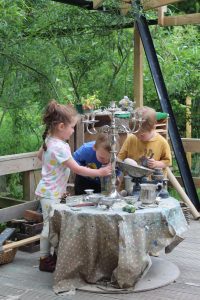
Most children will attend sessions at their new schools, but they can often feel shy, therefore seeing them at nursery gives them a true idea of their personality and the children often feel more confident to talk to them.
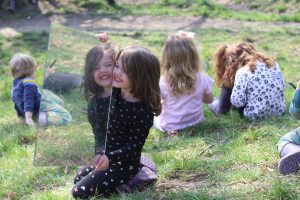
Key persons then begin to write notes for their transition reports that will go to their new teachers and home to parents. These include information on any support needed, what the children are interested in and like to do, and their ‘characteristics of effective learning’, how they prefer to learn. We also include a parent section as this contribution is extremely important because they know their children better than anyone. All this information is then used to settle in, support and assess new children once they start school.

Inspirations wants our children to feel excited and positive about this change so we hold school groups where we will read stories about starting school and share our thoughts and expectations throughout. We have found that the children naturally begin to role play ‘schools’ and encourage this by providing uniforms, registers, books and resources to enhance play. Practitioners often observe this play, listening for any questions or anxieties we can sensitively address during our group times.
Finally, we have a graduation party for our leavers. A photographer is invited to take individual photos of the children in their caps and gowns being presented with their leaver certificates, parents can then keep these photos as a special reminder of this early years’ experience.
We are always sad to see our children leave us but are happy and confident we have done everything we can during the time they have been with us to prepare them for the future. We wave them goodbye with pride and best wishes.
From this week up until September we start to say our goodbyes to our school leavers, some who have made the most of a short time here, others who have been with us since they were babies. We wish all our school leavers luck with their next adventure and hope you come back to visit.
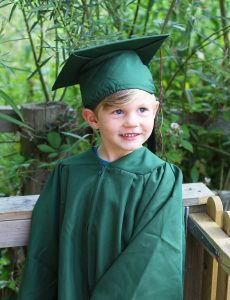
The Issue around Aprons
Messy Little Learners
Aprons: the solution to a mess free creative session, right? But what if you think about the real objective of creativity. Is staying clean really the main priority when it comes to nursery or are we as adults simply putting unrealistic expectations on our children? The very act of making art is to experiment hands on with materials and ideas, and at Inspirations we have found that forcing children to wear an apron limits this creativity.

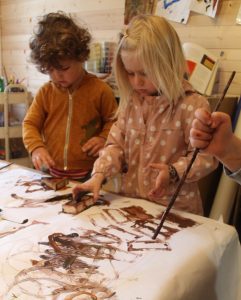 As a nursery we used to enforce aprons, but noticed this shortened creativity, interrupted learning or put the children off all together. Our environment is the third teacher. Our setting is set up to reflect this, to invite children to explore independently and learn through exploration. Each area is set up with an invitation to play and get involved. Let’s think about this from the child’s point of view, a child approaches an area with resources and paints and picks up the paintbrush. By this point the child is engrossed, excited, bouncing around ideas in their head. Brain development is happening right now and the synapse in their brain is firing rapidly...and we stop them to put an apron on.
As a nursery we used to enforce aprons, but noticed this shortened creativity, interrupted learning or put the children off all together. Our environment is the third teacher. Our setting is set up to reflect this, to invite children to explore independently and learn through exploration. Each area is set up with an invitation to play and get involved. Let’s think about this from the child’s point of view, a child approaches an area with resources and paints and picks up the paintbrush. By this point the child is engrossed, excited, bouncing around ideas in their head. Brain development is happening right now and the synapse in their brain is firing rapidly...and we stop them to put an apron on.
What does this tell the child? That the neatness of their clothes are more important than their learning? Does it tell them that instead of observing their excitement and eagerly awaiting to see their approach to this activity we are instead simply seeing the negatives of making a mess. Not only that, but we are also interrupting cognitive brain development in that very moment, something we as a nursery work very hard not to do.
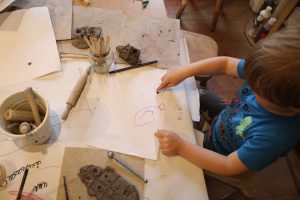
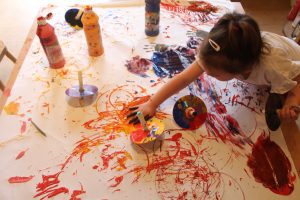
Art is Messy
We always suggest sending your child to nursery in clothes that you don’t mind getting dirty. After all, a paint stained T shirt can still be a clean one, so wear it again and again.
There are of course times when aprons are strongly encouraged in the Art studio, when using dye’s and inks or techniques that involve throwing and splatting paint. We also have aprons available at all times so the option is always there, but we would never give the child an ultimatum when it comes to not wearing one.
As mindful nursery educators it’s our role to place the child at the forefront of everything and to give them to opportunity to create rich meaningful connections to the world. After all, imagine a nursery where your child returned home at the end of each day as clean as they were at the start?
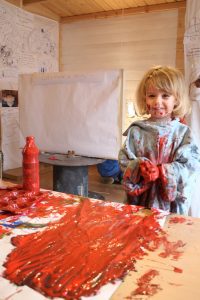
.
This week in the Art Studio
After noticing the children making use of the Lavender growing around the Art Studio I followed their interest by bringing in a range of herbs and spices. This week the children combined these with water, clay and turmeric and lead their own learning with the help of some kitchen tools.
One group of children used the lavender to make 'Lavender Perfume', others made 'pancakes', 'birthday cakes' and 'salads.' Come and take a look!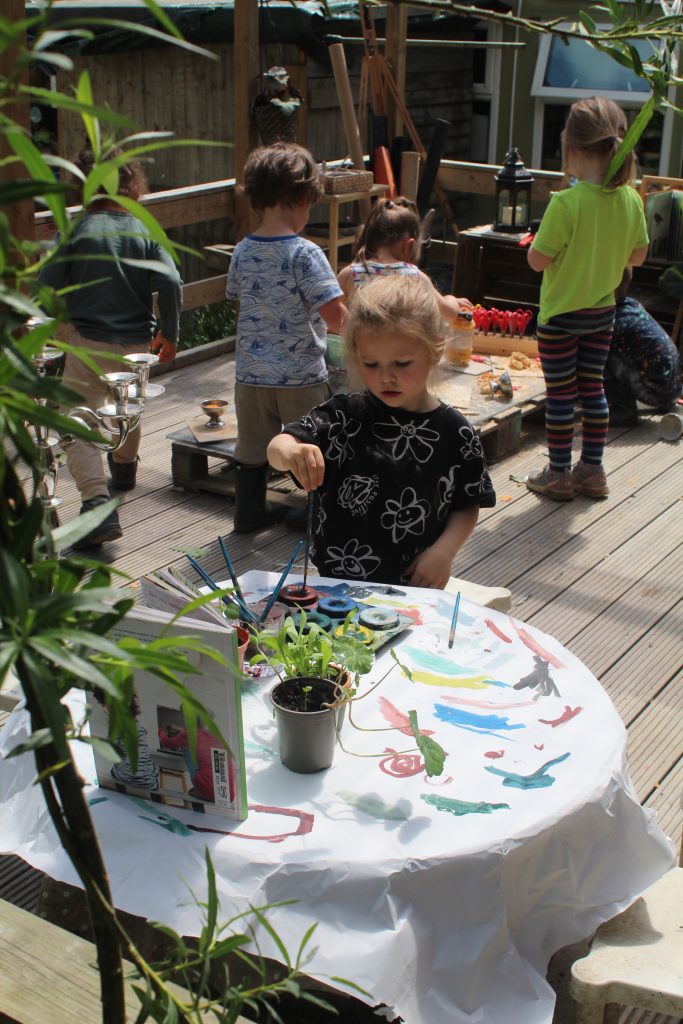
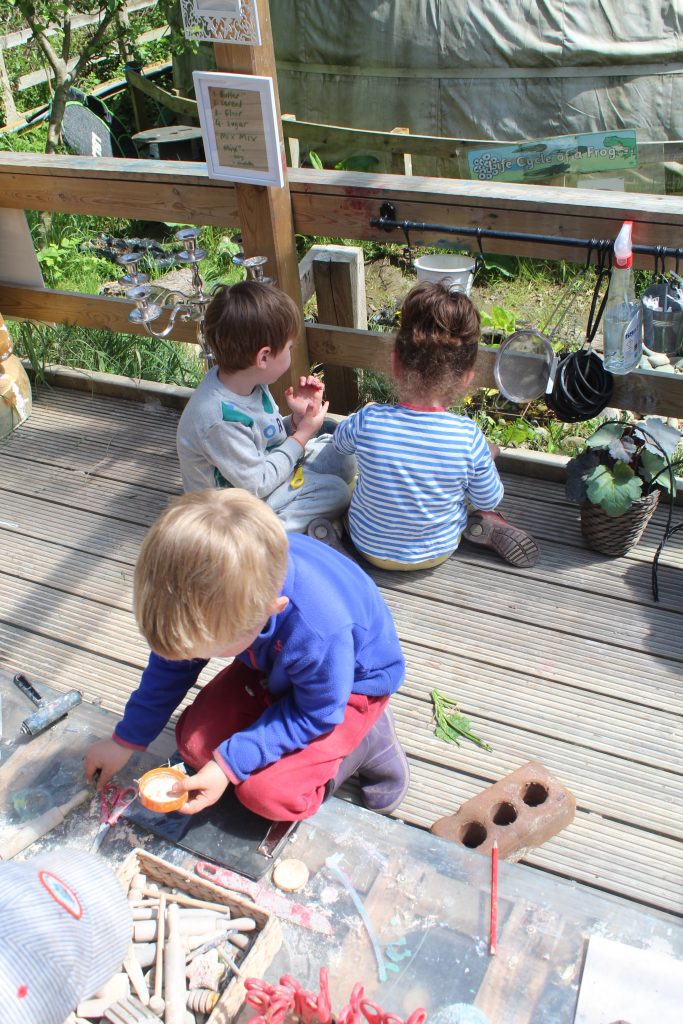
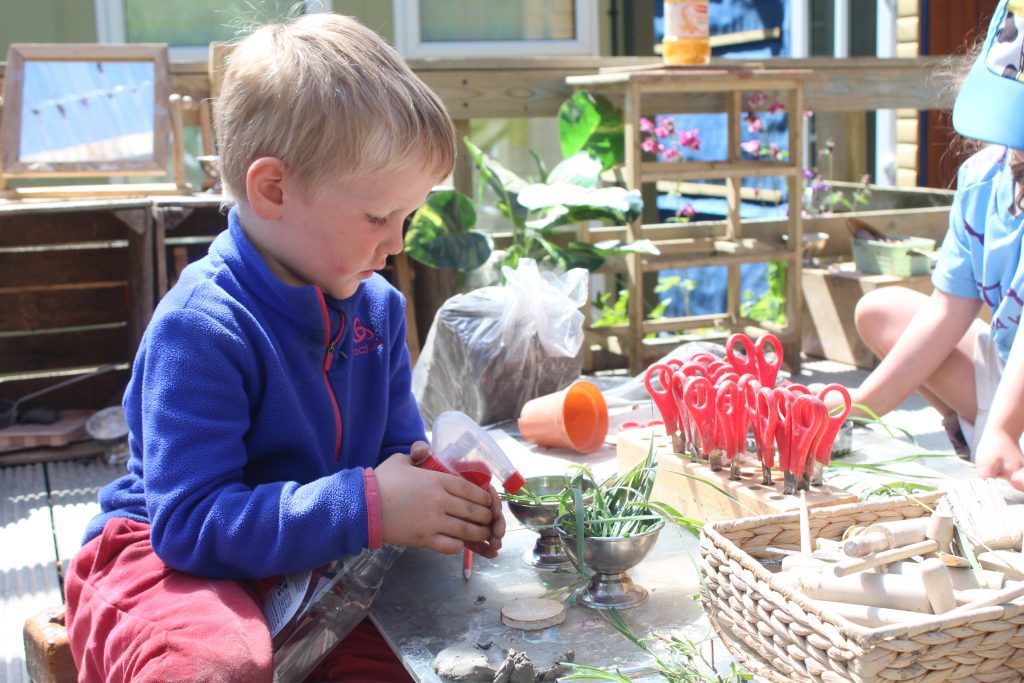

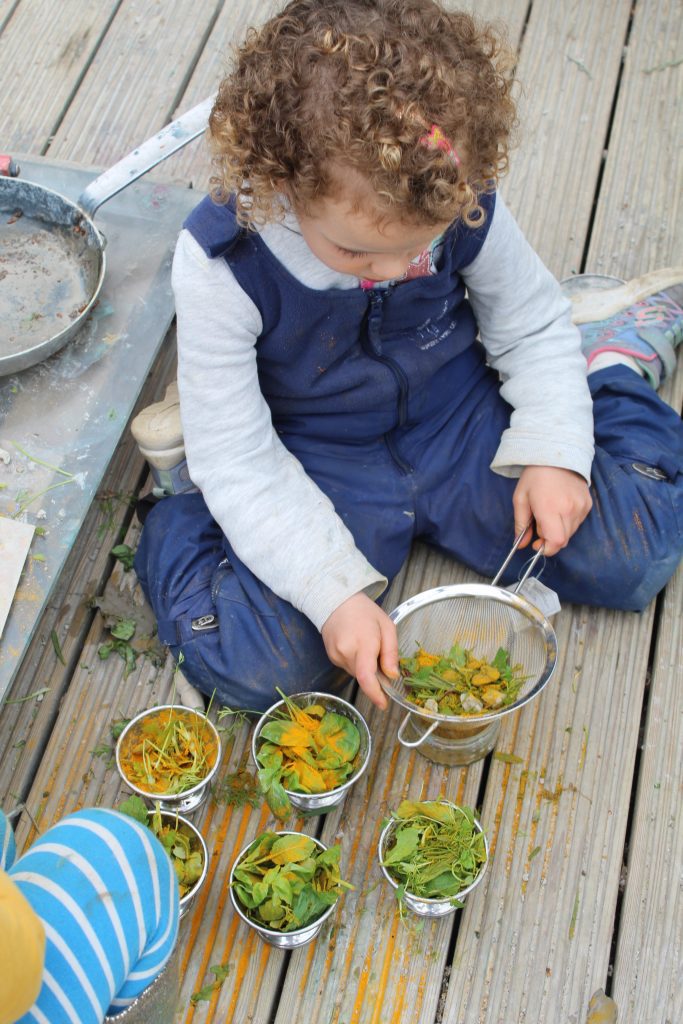
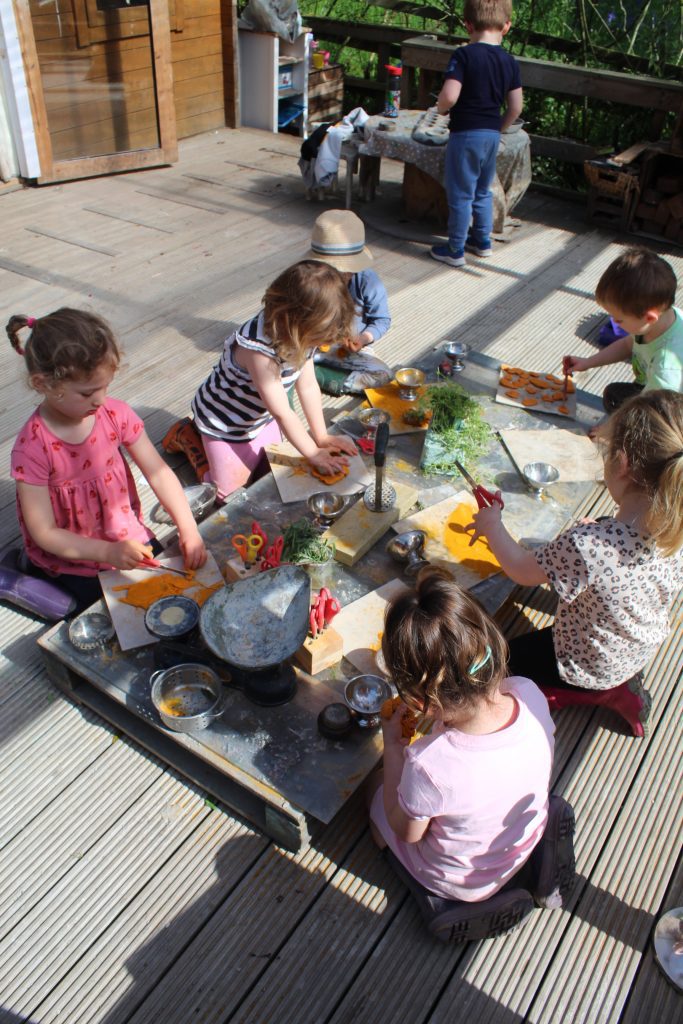
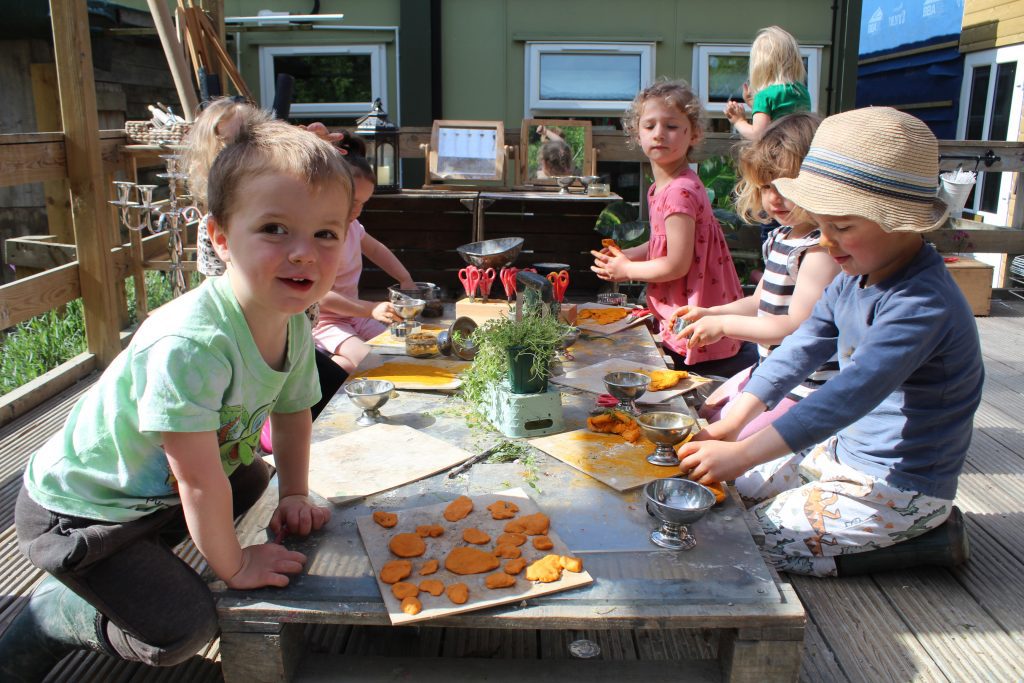
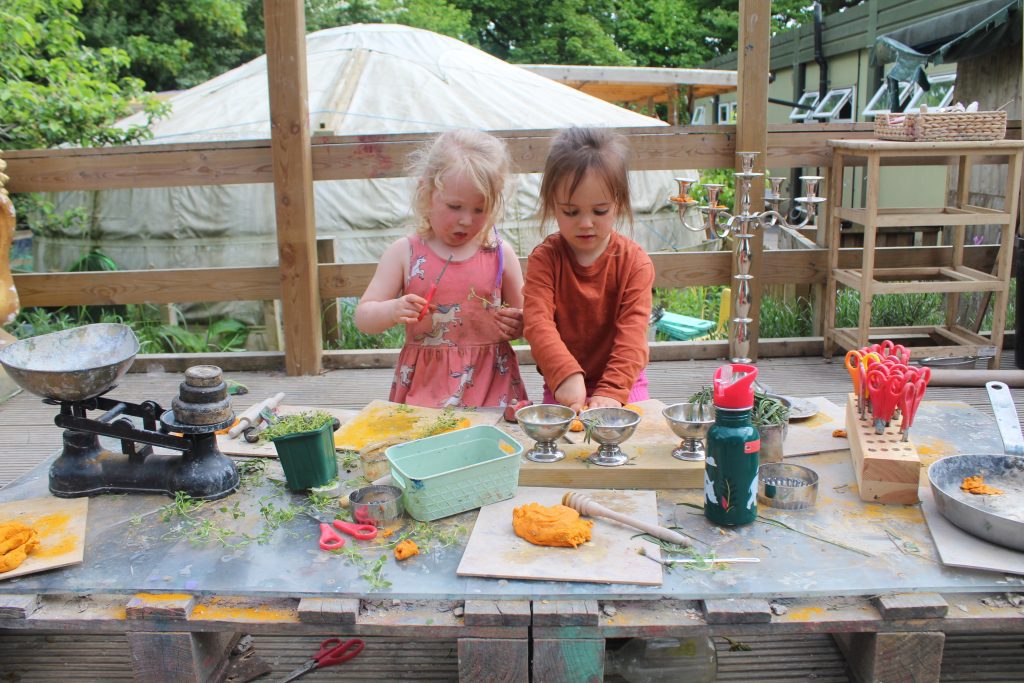
 A
A